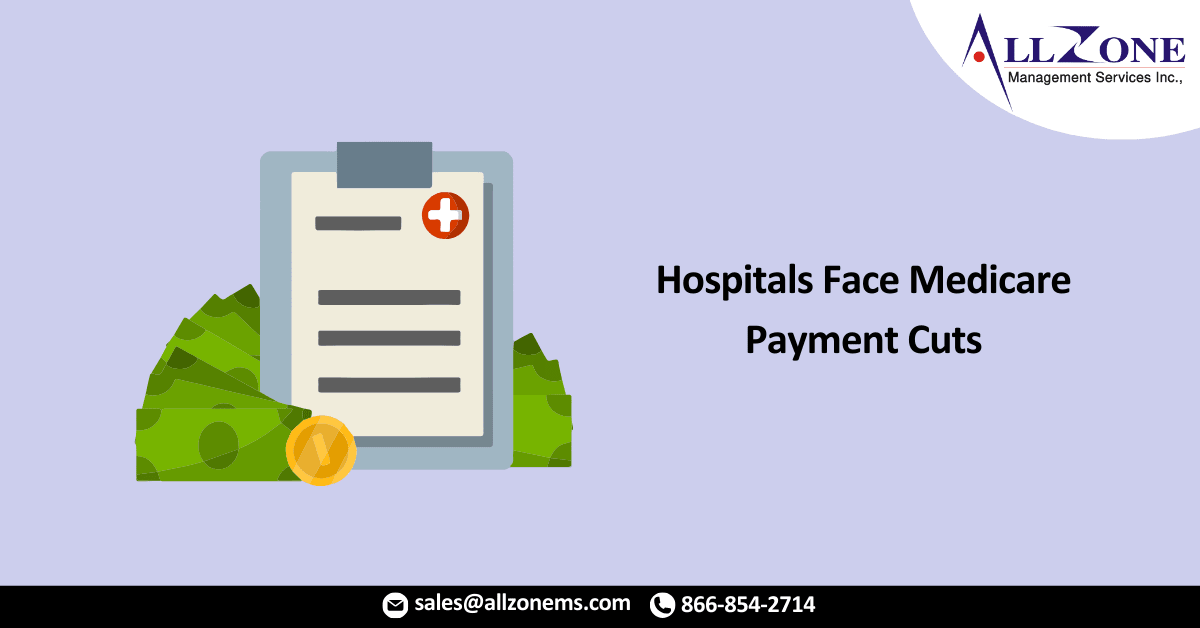Low-performing hospitals to see a 1 percent cut in Medicare payments under HAC Reduction Program in 2022.
The Centers for Medicare & Medicaid Services (CMS) announced last month that 764 hospitals will face Medicare payment cuts in fiscal year (FY) 2022 under the Hospital-Acquired Condition Reduction Program (HACRP). The value-based program may reduce Medicare payments to hospitals based on how they perform on measures of hospital-acquired conditions (HACs). Hospitals receive a HAC score based on their measurable results, and those that rank in the lowest 25th percentile receive a penalty of 1 percent reduction in their Medicare payments.
Note: Congress exempts some hospitals and hospital units from the HACRP. See the CMS website for a full list.
Quality Measures
Avoidable events that may impact patient health and safety such as falls, pressure ulcers, and infections are all considered when calculating a hospital’s HAC score. The HACRP includes the following six quality measures, which have not changed since FY 2021:
One claims-based composite measure of patient safety:
CMS Patient Safety and Adverse Events Composite (CMS PSI 90)
Five chart-abstracted measures of healthcare-associated infections (HAIs) submitted to the Centers for Disease Control and Prevention’s National Healthcare Safety Network:
Central Line-Associated Bloodstream Infection (CLABSI)
Catheter-Associated Urinary Tract Infection (CAUTI)
Surgical Site Infection (SSI) for abdominal hysterectomy and colon procedures
Methicillin-resistant Staphylococcus aureus (MRSA) bacteremia
Clostridium difficile Infection (CDI)
The hospitals receiving a Medicare payment rate reduction this year all had high infection rates and/or patient complications from July 2018 through 2019. (CMS excluded calendar year (CY) 2020 data from all program calculations for the HACRP due to the impact of the COVID-19 public health emergency and will continue to exclude 2020 data going forward.) Once hospitals receive their report, they have 30 days to review the data, submit questions about the results, and request corrections to calculation errors through the HAC Reduction Program Support Team.
From CMS.gov
Industry Criticism
While the number of HACs declined 13 percent between 2014 and 2017, saving $7.7 billion in healthcare costs as well as lives according to an analysis by the Agency for Healthcare Research and Quality in 2019, the HACRP is not without its critics. Some hospitals and stakeholders have criticized the program for using arbitrary standards and producing unfair results. Opponents have argued that the program methodology punishes hospitals that test more thoroughly for infections, contending that more frequent testing may reveal patient issues that would have gone unnoticed otherwise, thus making some hospitals look statistically worse than others.
A recent July 2020 study from the Boston Medical Center and Harvard Pilgrim Health Care Institute published on the JAMA Network goes a step further, claiming that value-based incentive programs are not associated with any improvements in targeted healthcare-associated infection rates. Rather, given the persistent disparities in healthcare-associated infection rates, value-based incentive programs currently function as a disproportionate financial penalty system for safety-net hospitals that provide no measurable population-level benefits. The study concluded that, “To explicitly address equity, the Centers for Medicare and Medicaid Services should consider redesigning these programs’ penalty structures to ensure that the safety-net health care systems have adequate support to stimulate meaningful improvements.”
For More Information: 84000 hospitals face medicare payment cuts

